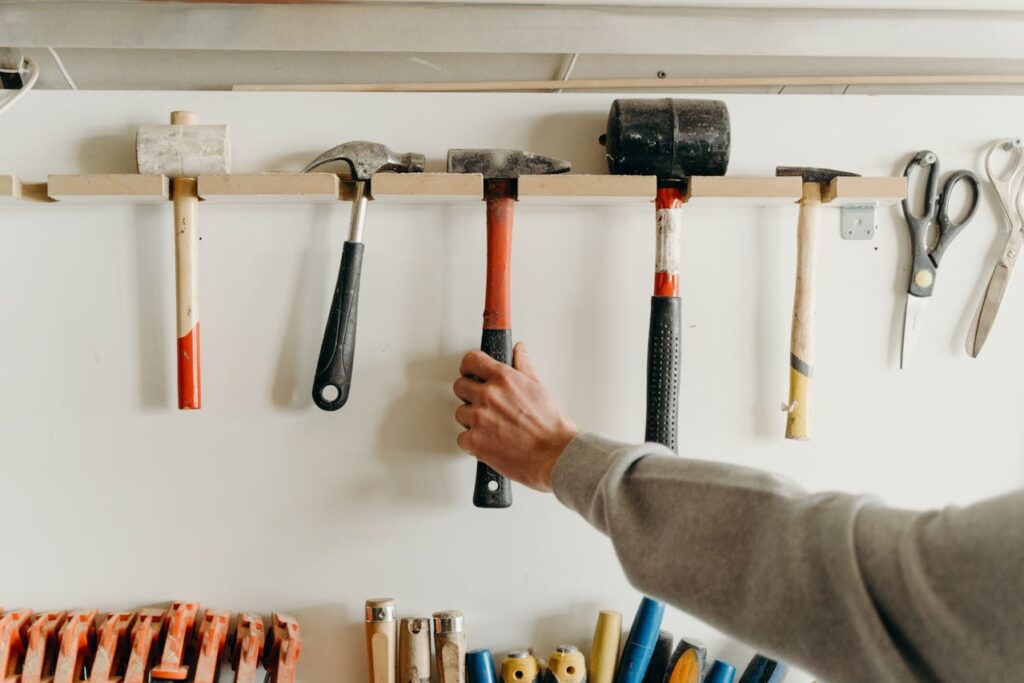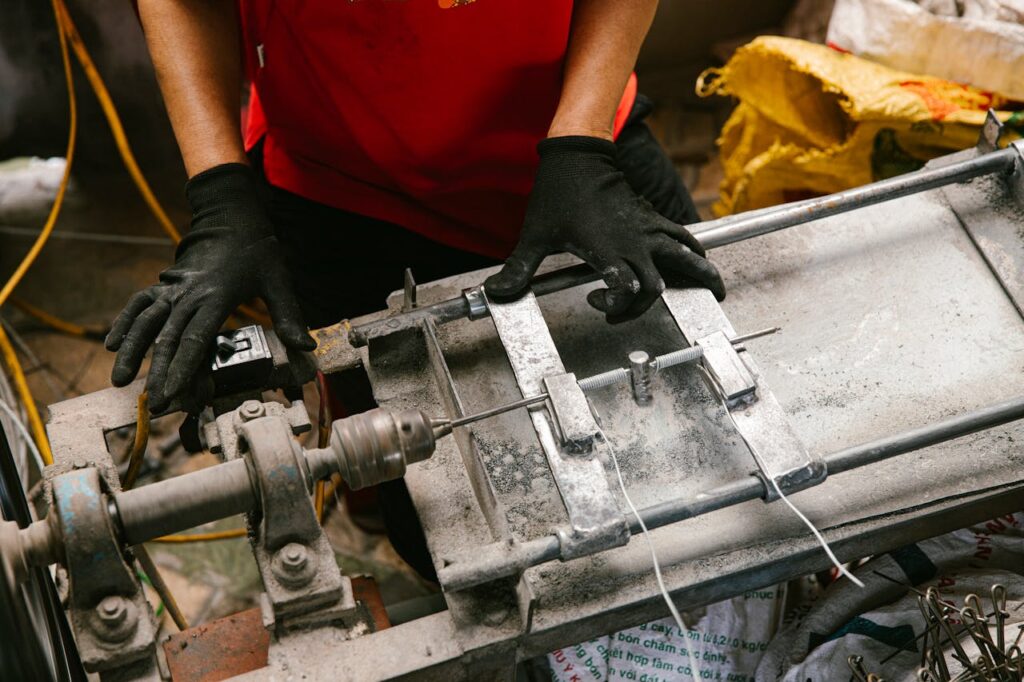The tool industry has always evolved alongside the demands of professionals and DIY enthusiasts. From the introduction of electric power tools to the latest in cordless technology, each shift has redefined how projects are completed. As we move through 2025, the pace of innovation is faster than ever, driven by technological advancements, environmental priorities, and the changing needs of modern users. Here’s a closer look at the trends transforming the tools we rely on every day.
Cordless Power Takes the Lead
Battery technology has reached a point where cordless tools can rival, and in some cases surpass, the performance of their corded counterparts. Longer runtimes, faster charging, and increased power output have made it possible for contractors to work untethered without sacrificing efficiency.
This shift is not only improving convenience but also enhancing safety by removing trip hazards from cords. Many professionals turn to established retailers like Acme Tools for the latest in cordless equipment, ensuring they get models that combine endurance with high performance.
Smart Tools Enter the Mainstream
Integration of smart technology into tools is no longer experimental—it’s becoming standard. From Bluetooth-enabled drills that track usage and location to apps that help manage tool inventories, the digital layer is adding value to the work process. Smart diagnostics can alert users to maintenance needs before breakdowns occur, reducing downtime on the jobsite.
These innovations are especially beneficial for large-scale operations, where tool loss or unexpected failures can impact timelines and budgets. Choosing reliable suppliers helps ensure these advanced tools meet both connectivity and durability standards.
Sustainability Shapes Tool Design
Environmental responsibility is becoming a key focus in tool manufacturing. Companies are using recycled materials in tool bodies, designing products with modular parts for easy repair, and reducing packaging waste. Energy-efficient motors and longer-lasting batteries are also helping to cut environmental impact.
Retailers like Acme Tools are responding by curating selections that meet these eco-conscious criteria, making it easier for both professionals and hobbyists to align their work with sustainability goals.
Ergonomics and User Comfort Take Priority
With rising awareness of occupational health, tool ergonomics have moved to the forefront. Manufacturers are investing in designs that reduce strain, minimize vibration, and improve grip comfort. Tools are being engineered to balance weight more effectively, allowing users to work longer without fatigue.
This focus on comfort is particularly important for tradespeople who spend hours each day operating the same tool. Better ergonomics not only improve productivity but also reduce injury risk over the long term.
Multi-Function Tools Gain Popularity
While specialized tools remain essential for certain tasks, there’s a growing interest in multi-function solutions that save space and cost. Interchangeable head systems, adjustable torque settings, and hybrid models capable of switching between functions are becoming increasingly common.
For small workshops or mobile contractors, this versatility can be a game-changer. The key is to choose multi-function tools from trusted sources, as cheaper models may compromise on performance in one or more modes.
Increased Demand for Precision Tools
As construction, manufacturing, and design industries lean toward higher precision standards, tools capable of delivering exact measurements and clean finishes are in greater demand. Laser-guided cutting equipment, advanced measurement devices, and fine-adjustment hand tools are finding their way into more professional kits.
Retailers like Acme Tools cater to this growing demand by offering premium-grade precision instruments suited for a variety of trades, from carpentry to metalworking.
Digital Learning and Support
The rise of online platforms and virtual training has changed how people learn to use tools. Video tutorials, live webinars, and interactive guides are helping both beginners and seasoned professionals master new equipment quickly. Some manufacturers even provide augmented reality (AR) overlays to guide users through complex procedures.
This trend not only accelerates skill development but also ensures tools are used safely and to their full potential. Access to knowledgeable customer support—whether online or in person—remains a vital part of the buying decision.
Looking Ahead
The tool industry in 2025 is a blend of tradition and innovation. While the fundamentals of craftsmanship remain unchanged, the methods and technologies that support them are evolving at a rapid pace. Professionals and enthusiasts who embrace these trends will not only work more efficiently but also stay competitive in a demanding marketplace.
As cordless power, smart technology, and sustainable practices become the norm, the future promises tools that are not just functional, but intelligent, eco-friendly, and ergonomically superior. By sourcing equipment from reputable suppliers, users can ensure they’re equipped for both today’s challenges and tomorrow’s possibilities.






